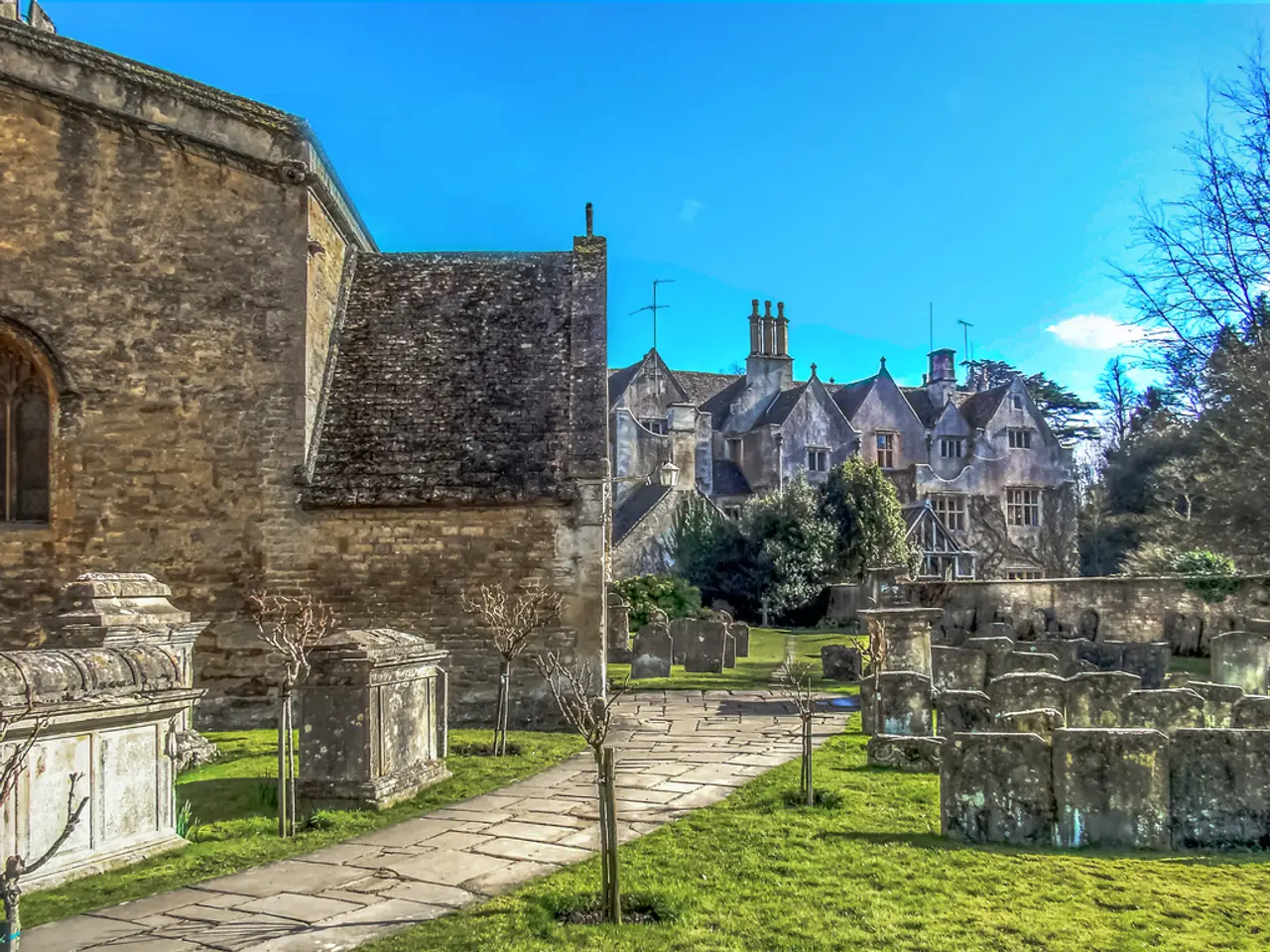German forests forestalled from climate breakdown by these trees - Forest-saving trees in Germany aim to counteract climate deterioration
In an effort to combat the challenges posed by climate change, Germany is taking a multi-faceted approach to renew and rejuvenate its forests, aiming to create more diverse and climate-resilient woodlands.
The German forest is currently in a state of distress, with only 20% being classified as "vital" according to the Forest Condition Report 2024. This has prompted a concerted effort to address the issues plaguing the nation's forests.
One of the key strategies is the adoption of sustainable forestry practices. This includes selective logging, promoting mixed-species forests, and reducing dependence on monocultures, which are vulnerable to climate stressors.
Germany's focus on sustainable domestic forestry practices extends to cross-border cooperation. The Bavarian Forest National Park, Germany's first national park, and the neighboring Šumava National Park in the Czech Republic collaborate under the EUROPARC Transboundary Parks program. Their management emphasizes non-intervention strategies that allow natural processes to regenerate forests, fostering climate resilience and biodiversity.
Policy and regulatory frameworks in Germany also support these goals, integrating forest renewal into broader environmental and bioeconomy strategies. Sustainable wood sourcing and forest management are critical to reducing ecosystem pressure and enhancing forest resilience.
However, the care of young trees after planting is expensive, with costs estimated at seven euros per tree. Drought in the summer and parasites like ivy or mistletoe have an easier time affecting weak trees. Wild browsing is another significant challenge, requiring labor-intensive fencing for protection.
Despite these challenges, the benefits of reforestation are substantial. A reforested mixed forest brings in over 10,500 € in social benefits annually. Organizations such as SDW and numerous others carry out reforestation with sponsor funds, often planting up to a million trees for new mixed forests.
However, the introduction of non-native tree species can pose a threat to the diversity of native tree species in Germany. Trees like the red oak and North American black locust, while attractive, can be invasive and difficult to remove once established. The red oak, for instance, attracts generalist insects but does not benefit threatened insect species.
The transformation of German forests is partially funded by sponsors and state subsidies. The tree planting action "Roots" within the climate initiative "Tomorrow can come" is reforesting damaged forest areas in a climate-stable manner.
In conclusion, Germany's approach to forest renewal is comprehensive, encompassing cross-border cooperation, sustainable practices, and scientifically guided forestry. The goal is to create forests that are more diverse, better at withstanding climate change impacts, and that support biodiversity conservation.
- The environmental-science community praises Germany's approach to forest renewal, acknowledging its potential to contribute significant scientific insights to the field of environmental-science, particularly regarding climate-change mitigation.
- To further reinforce the resilience of Germany's forests, the government encourages citizens to adopt lifestyle changes that minimize carbon footprint and promote sustainable home-and-garden practices, such as planting climate-resilient tree species in personal gardens.
- In light of the threats posed by invasive tree species, the Commission has also adopted a proposal for a directive on the protection of the environment, including specific regulations for the responsible introduction and management of non-native trees in German forests.




